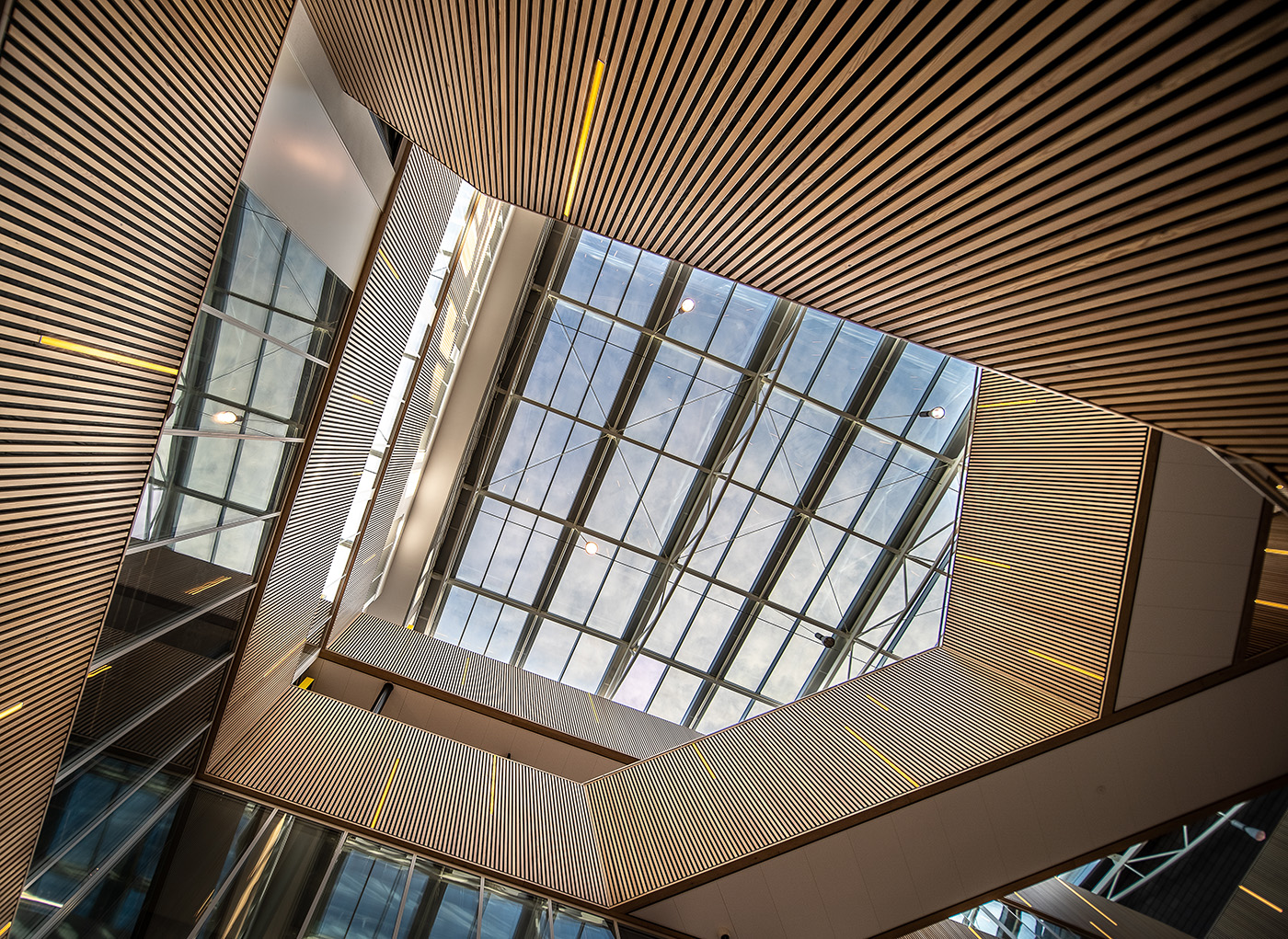Acoustic reverberation is a phenomenon that occurs when sound is reflected off the wall, floor and ceiling surfaces of a room, creating an echo effect and sound persistence. This effect can have a significant impact on the acoustic quality of spaces and can affect the usability and perception of the room itself.
Therefore, the importance of considering acoustic reverberation in the architectural design of spaces is crucial, as it can affect the acoustic comfort of users, the sound quality for music reproduction and the performance of communication and public address systems.
At Diasen, we have always been focused on measuring and reducing acoustic reverberation in buildings. We provide products and solutions that are first and foremost effective for acoustic comfort, but also sustainable, using materials with an ecological life cycle. Among these, our flagship material is cork, with which we make sound-absorbing products, paints, and waterproofing.
Visit our website to learn about all the products and read through this interesting content to find out what acoustic reverberation is and how important it is to consider when designing a building.
What exactly is acoustic reverberation?
Acoustic reverberation is a phenomenon that occurs when a sound bounces off the surfaces of a room and continues to resonate after the sound source has been interrupted. This can create an echo effect or background noise, making it difficult to understand the human voice or enjoy music.
Imagine working in an environment where every word or sound is played over and over again because of echo. At the end of the day you are likely to have a big headache….
The amount of reverberation in a room depends on several factors, including the shape and size of the room, the type of materials used for the walls, floor and ceiling, and the presence of furniture and objects that can absorb or reflect sound.
Carefully designing spaces can also help minimise reverberation and create acoustically comfortable environments. It is therefore the responsibility of designers and architects to consider rooms’ acoustic well-being.
Building Acoustics
Architectural acoustics can make the difference between a memorable sound experience and a disappointment. Indeed, in various contexts such as concert halls, cinemas and offices, acoustics can profoundly influence the user experience.
Architectural acoustics are important in offices to ensure a comfortable and productive working environment. Proper acoustic design can reduce background noise, minimise interference and improve employee communication.
This also applies to houses, but if an architectural design does not consider acoustic well-being (which is quite unlikely, given that an Italian law regulates the sound requirements that every building should have), there are still ways to reduce reverberation and make rooms ‘headache-proof’.
Reverberation reduction and sound insulation
One of the most effective ways to reduce reverberation is to use sound-absorbing materials, such as screeds and paints. These materials absorb sound waves and reduce reverberation, creating a more comfortable environment free of unwanted noise.
At Diasen, we prefer to use more sustainable materials like cork. The results are excellent, as with the materials most traditionally used in construction. However, unlike the latter, cork, perlite and pumice stone are obtained from nature, using processes that do not harm the environment or release harmful substances into nature.
Acoustic insulation is a fundamental aspect of space design, aimed at limiting sound transmission from one room to another and ensuring maximum acoustic comfort for users. Offices, schools, hospitals and other public spaces can benefit from sound insulation techniques to ensure a comfortable working environment free of background noise.
In this case, to achieve good sound insulation, measures such as installing sound-absorbing walls and ceilings, using seals for doors and windows, installing sound insulation for pipes and ventilation ducts, and much more are required.
Does insulating with sustainable materials bring benefits?
The answer is yes; at Diasen we have been proving this for many years. Using products made from sustainable materials, such as cork, can offer additional benefits beyond noise reduction. These natural materials have been researched and designed to provide high sound absorption capacity, allowing you to create an environment with better and more comfortable acoustics.
Cork-based products, for example, are able to absorb sound waves, thus reducing the amount of sound that spreads into the surrounding environment. Furthermore, cork is a sustainable, lightweight and weather-resistant material, making it ideal for indoor and outdoor acoustic insulation.
We also use these materials in insulating wall paints, allowing sound and air to pass through the walls. This leads to excellent results and improved interior room comfort. Not to mention the savings on consumption: a more thermally insulated house is also more economical, as you will not have to turn up the heating or air conditioning

